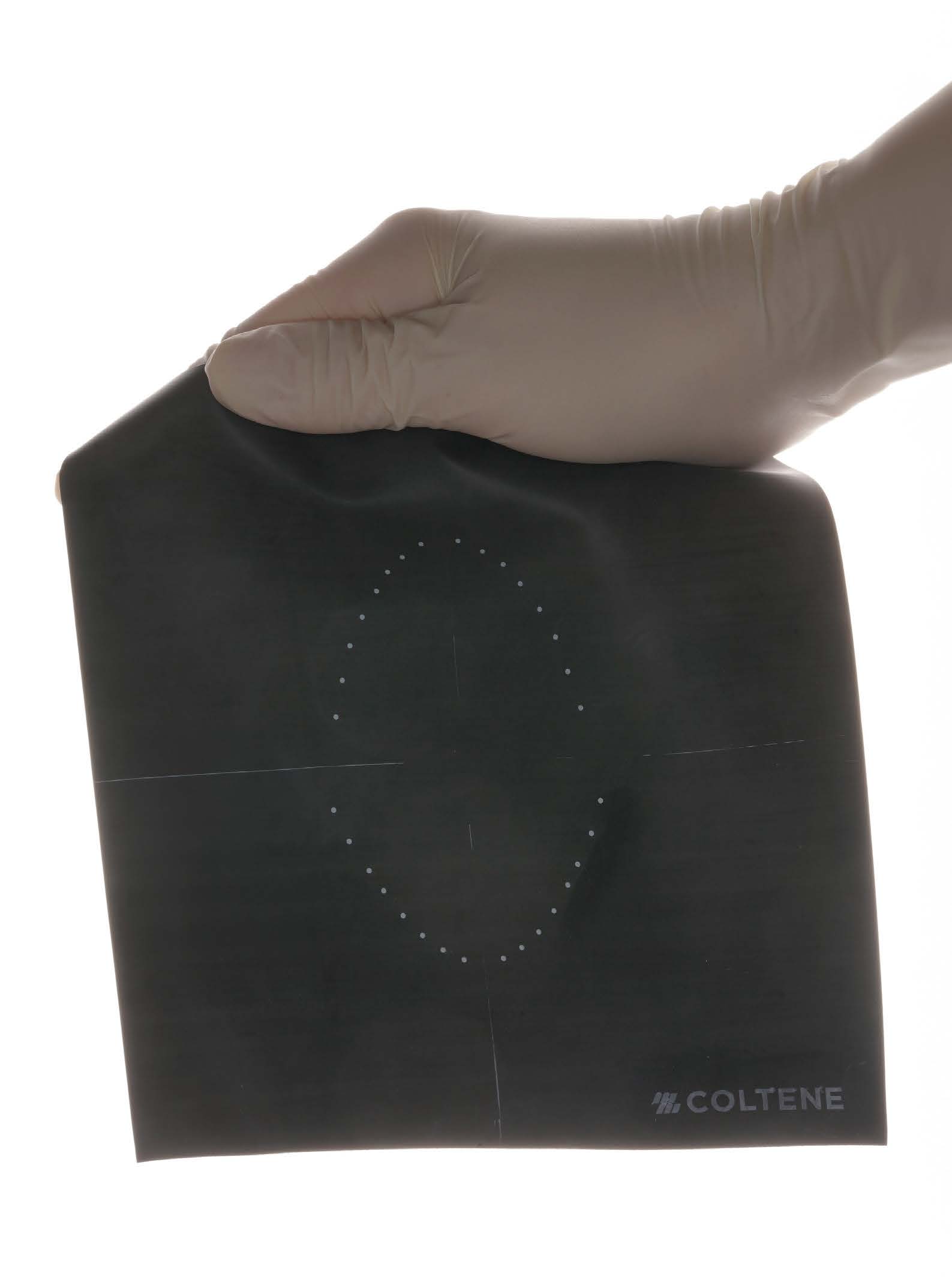 The utilisation of rubber dam has always been taught to be mandatory for endodontic procedures however the indication for use extends also to restorative dentistry in assisting to perform procedures optimally, efficiently, and safely.
The utilisation of rubber dam has always been taught to be mandatory for endodontic procedures however the indication for use extends also to restorative dentistry in assisting to perform procedures optimally, efficiently, and safely.
With the development of adhesive dentistry, the need for moisture control and adequate isolation is paramount for long term predictability and success with both direct and indirect dental procedures.
The last few years with the Coronavirus pandemic have also raised unprecedented concern with dental practitioners exposed to the aerosol from patients mouths during clinical procedures. The use of rubber dam, along with mouth rinses and disinfection may offer benefits to safeguard and minimise transmission of air-borne micro-biological attack.
The advantages of rubber dam include:
Moisture control – preventing saliva, blood, gingival crevicular fluid from interfering with clinical procedures. This is particularly important for optimal adhesion when potential for moisture contamination can reduce or inhibit correct adhesion and cause premature failure of restorations. It is often quite a task to manage patients to prevent them from conversing, closing or swallowing. With the presence of rubber dam this precludes some of these possible adverse scenarios affecting any possible moisture contamination.
Patient protection – the use of endodontic instrumentation and medicaments are prevented from being ingested or aspirated. It may also minimise any debris raised from removing old restorations, fractures from also inadvertently dropping in the oro-pharangeal area. The patient often finds it quite relaxing and comfortable once they are accustomed to the rubber dam. Not having liquids at the back of their mouth needing to be constantly sucked up by high-speed evacuation may be much more comfortable.
Visual access – the use of rubber dam allows access into the mouth, enabling lips, cheeks and tongue to be retracted away from the working region. This improves access and visualisation. The use of a coloured rubber dam with the contrasting colour can also allow better visualisation and photography of the teeth. It may also allow retraction of the gingival tissues with appropriate rubber dam clamps allowing unimpeded access to carious or subgingival margins.
Minimisation of infection transmission. The creation of aerosols during dental procedures along with the proximity of the dental team exposes them to the potential of infective respiratory diseases and salivary microbiological load. The use of rubber dam provides an aseptic field and may assist to reduce the possibility of infection risks.
Recently, a dental company has improved on current rubber dam offerings with the addition of a pre-printed rubber dam. This is a powder free latex rubber dam black in colour. HySolate Black Edition (Coltene) was created to allow for higher contrast and, thus, improved visibility during procedures. The black colour is nonreflective surface with no glare to contend with during treatment. The material consistency is medium in strength allowing excellent retraction of the tissues.
The addition of the pre-printed template, marked on the rubber dam with the position of the teeth ensures that the holes are punched in the correct positions on the dam easily and accurately. Historically, one would have to mark the dam with a rubber stamp, which sometimes would rub off, so the saving in time and convenience is a welcome addition. For those that prefer a non-latex rubber dam the Hysolate Non-latex range has a Flexi-dam which may be preferred for those that don’t like the medium to heavy retraction from conventional rubber dams. This rubber dam is also excellent for the full arch isolation technique due to the ability to stretch without tearing the rubber dam.
It is often commented placement of rubber dam is a difficult procedure and the time to apply the dam is excessive, or it can feel uncomfortable for the patient. Utilising the correct technique and with the new rubber dams available on the market allows efficient application and can reduce clinical procedure time as well as safeguarding the clinical team from unnecessary exposure to harmful micro-organisms.
About the author
 Dr Christopher Ho is a Specialist Prosthodontist who received his Bachelor of Dental Surgery with First Class Honours at the University of Sydney. He completed postgraduate studies in the Graduate Diploma in Clinical Dentistry in Oral Implants at the University of Sydney, a Masters of Clinical Dentistry in Prosthodontics with Distinction from the University of London and Doctorate in Clinical Dentistry in Prosthodontics from the University of Sydney. He is Fellow of the Pierre Fauchard Academy, Special Field Member of the Royal Australasian College of Dental Surgeons in Prosthodontics and a Fellow of the American College of Dentists.
Dr Christopher Ho is a Specialist Prosthodontist who received his Bachelor of Dental Surgery with First Class Honours at the University of Sydney. He completed postgraduate studies in the Graduate Diploma in Clinical Dentistry in Oral Implants at the University of Sydney, a Masters of Clinical Dentistry in Prosthodontics with Distinction from the University of London and Doctorate in Clinical Dentistry in Prosthodontics from the University of Sydney. He is Fellow of the Pierre Fauchard Academy, Special Field Member of the Royal Australasian College of Dental Surgeons in Prosthodontics and a Fellow of the American College of Dentists.
Dr Ho lectures extensively on aesthetic and implant dentistry both nationally and internationally. He is a visiting lecturer to the postgraduate programs at the University of Sydney, Adjunct Associate Clinical Professor at University of Puthisastra, Faculty member of the Global Institute for Dental Education and Visiting Lecturer at Kings College London, United Kingdom. He is Head of School of Postgraduate Dentistry at the Australasian College of Dental Practitioners. He is author of numerous publications, as well as Editor of the Wiley textbook “Practical Procedures in Aesthetic Dentistry” and “Practical Procedures in Implant Dentistry”.
DR CHRISTOPHER C.K. HO
SPECIALIST PROSTHODONTIST
BDS HONS (SYD), GRAD DIP CLIN DENT (ORAL IMPLANTS) (SYD),
M. CLIN. DENT. (PROS) (LON), D. CLIN. DENT. (PROS) (SYD), MRACDS (PROS), FPFA, FACD